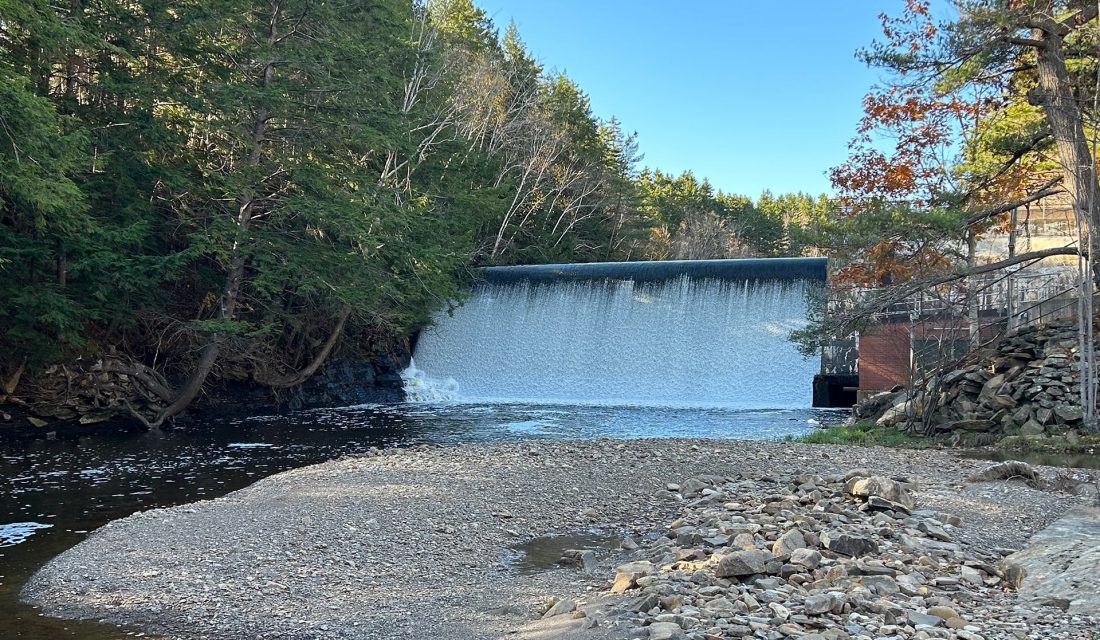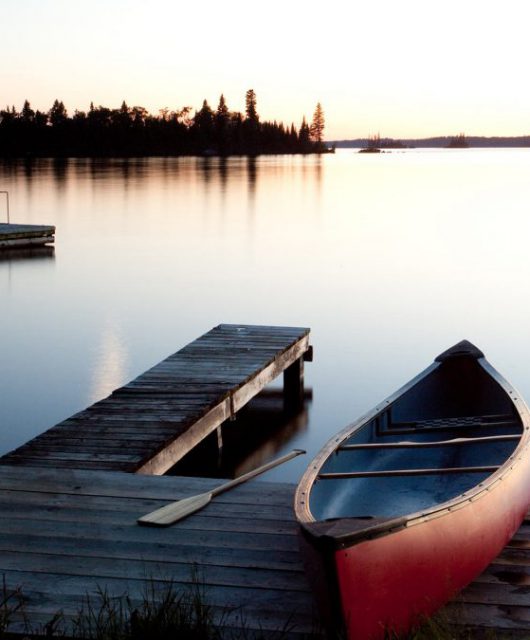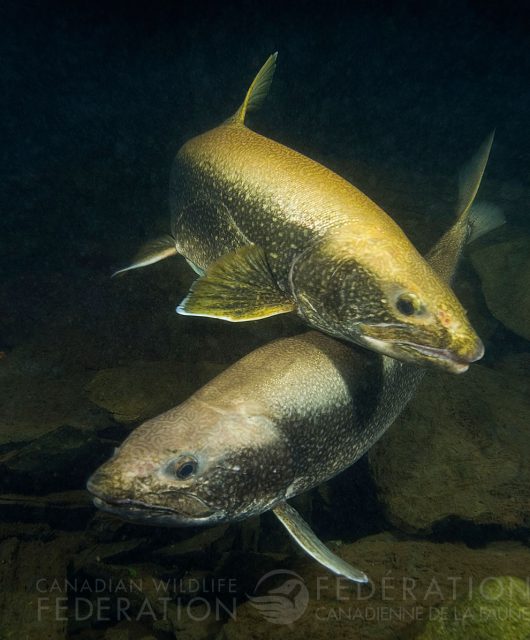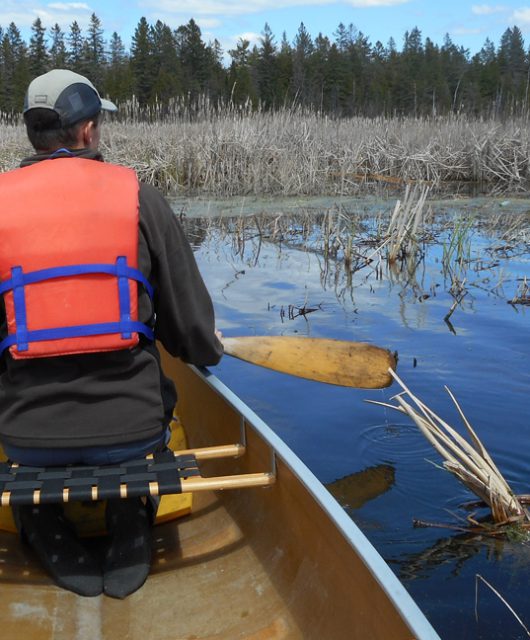We have some exciting news to share about updates to the Canadian Aquatic Barriers Database (CABD)!
We’re releasing new versions of our core data layers, filling important data gaps and improving the way that the CABD can support important freshwater connectivity work across Canada.
We’re also proud to announce that we have released a French version of the CABD web tool, ensuring that Canadians from across the country can navigate the tool in either official language.
Adding More Information to the CABD

We’re releasing updated versions of the following CABD datasets:
- Dams (and associated structures) v.1.2
- Waterfalls v.1.1
- Fishways v.1.1
When we released complete national coverage of the CABD in September 2022, we recognized that one of the key next steps was to fill gaps that exist in the CABD datasets. The first release of the dams, waterfalls, and fishways layers represented the culmination of collecting and standardizing existing barrier datasets into one place. However, the information available for each barrier was limited to those that were found in the source datasets – if specific information on a barrier does not currently exist in another data source, then it wasn’t captured in the CABD. This resulted in many points in the CABD having blank or ‘Unknown’ values for many attributes.
Updating the CABD datasets will be an on-going effort, but we’re excited to share the progress we’ve made in filling some of these data gaps. Over the past year, our team has been working hard to find additional information sources (like reports, websites, and blog posts) to collect updates that we can plug into some of the gaps in the CABD. We reviewed structures that we had names for (and some that we didn’t) and are now able to make updates to almost 3,000 structures with this new release! This includes the addition of some dams, fishways and waterfalls that weren’t previously in the CABD. Some of the most common pieces of information we are adding to our datasets, include:
- Ownership
- Dam use
- Structure type
- Construction year and material
- Operating status
- Height
With these updates, the CABD continues to represent the most comprehensive source for dams, waterfalls, and fishways in Canada. CABD data is already being used by groups and organizations like Fisheries and Oceans Canada, Environment and Climate Change Canada, the Province of BC, Nature Conservancy of Canada, Lhtako Dene Nation, The Confederacy of Mainland Mi’kmaq, and the PEI Wildlife Federation (Souris and Area Branch) to support work across the country. The new information added to the database will allow practitioners, managers and decision makers to better use the CABD to support assessment, reporting, and improvement of the status of freshwater connectivity, inform regulatory decisions relating to infrastructure construction and management, support research and monitoring initiatives, and share important education and outreach materials.
CWF is committed to on-going updates and maintenance of the CABD, ensuring that the data improves over time and will stay current – we don’t want the CABD to just be a snapshot in time. To help with this we have some new tools coming in the next year that will allow Canadians from across the country to help fill in data gaps. Stay tuned!
You can explore the new data at AquaticBarriers.ca, and learn more about the latest updates on our documentation site.
CABD Web Tool, Now Available in French
We have officially launched a French version of the CABD web tool. All components of the interface and attribute names are in French, allowing you to now navigate the tool to explore the data, view attributes, and filter and download data in either official language.
We’ve also added a French version of our documentation site, your one-stop-shop to learn about the CABD, how to access and use the data, and help us fill data gaps and improve the database. This includes the latest announcements and data releases, tutorials on how to use the web tool, a list of data sources used to develop the CABD, and a data catalogue to help you interpret the data layers and associated attributes.
The Canadian Aquatics Barrier Database is supported partially by a financial contribution from Fisheries and Oceans Canada. The database is also funded in part by RBC Foundation in support of RBC tech for Nature.



